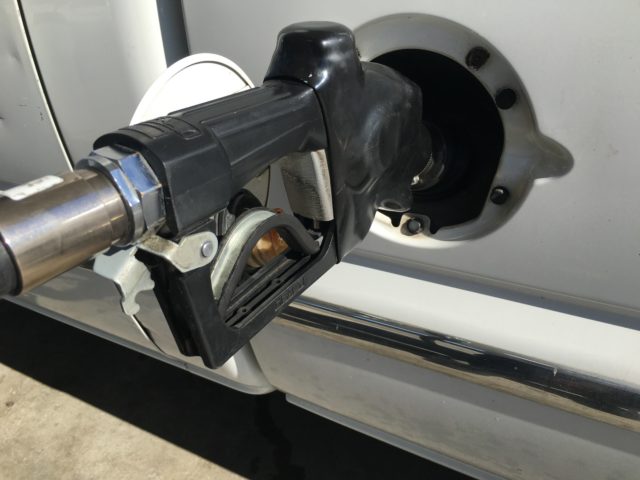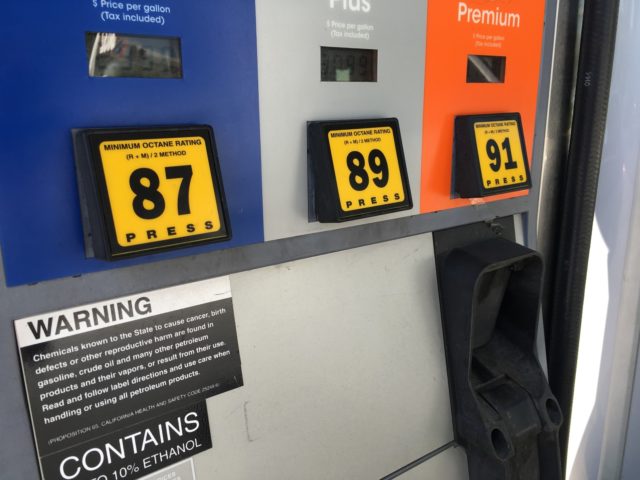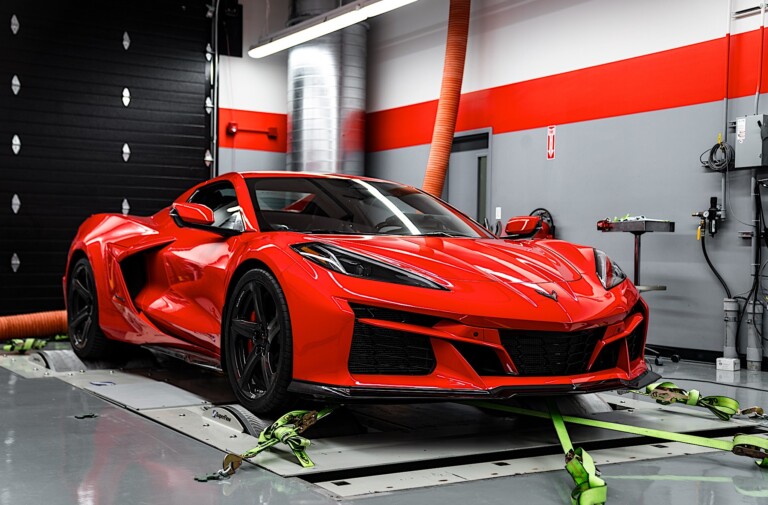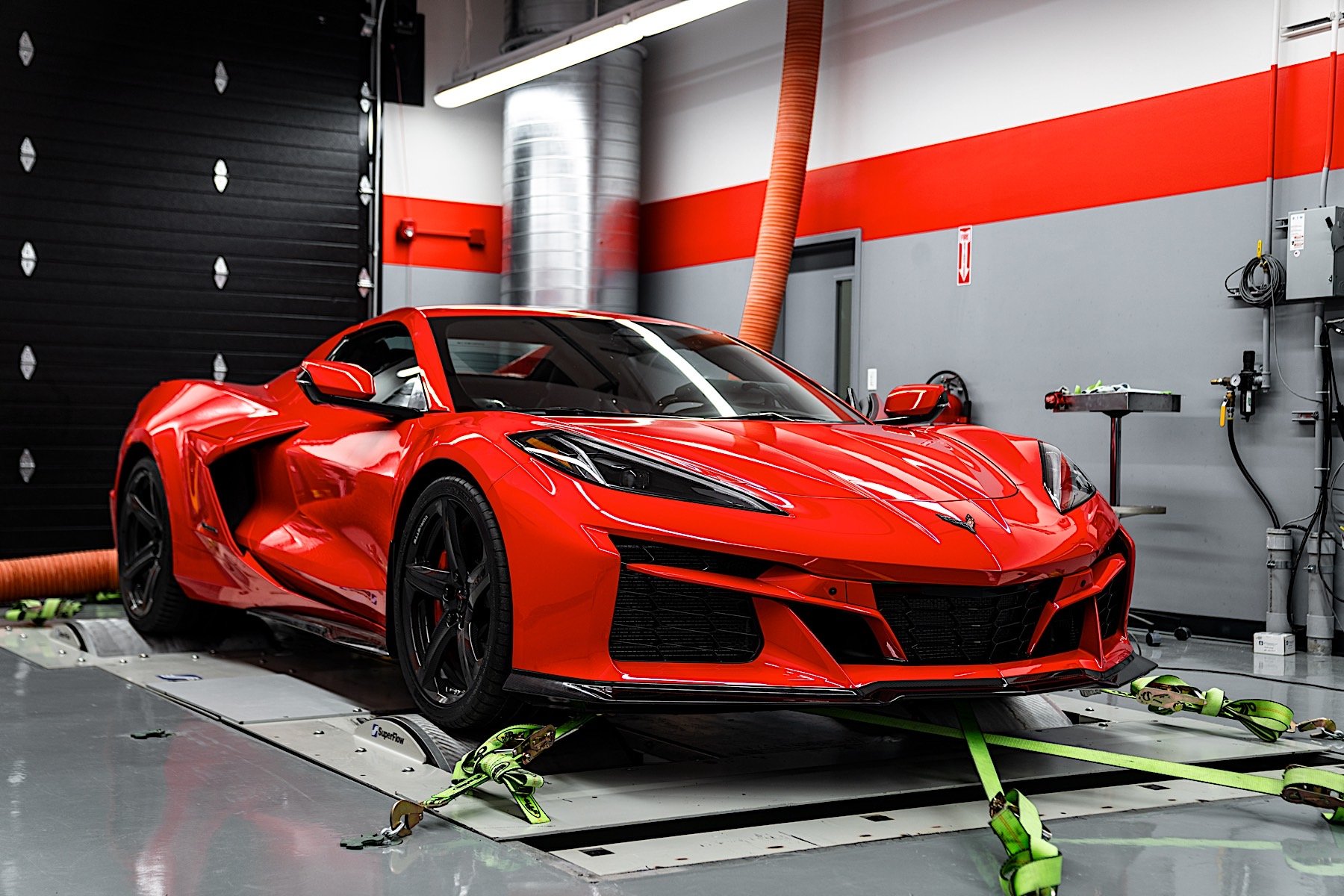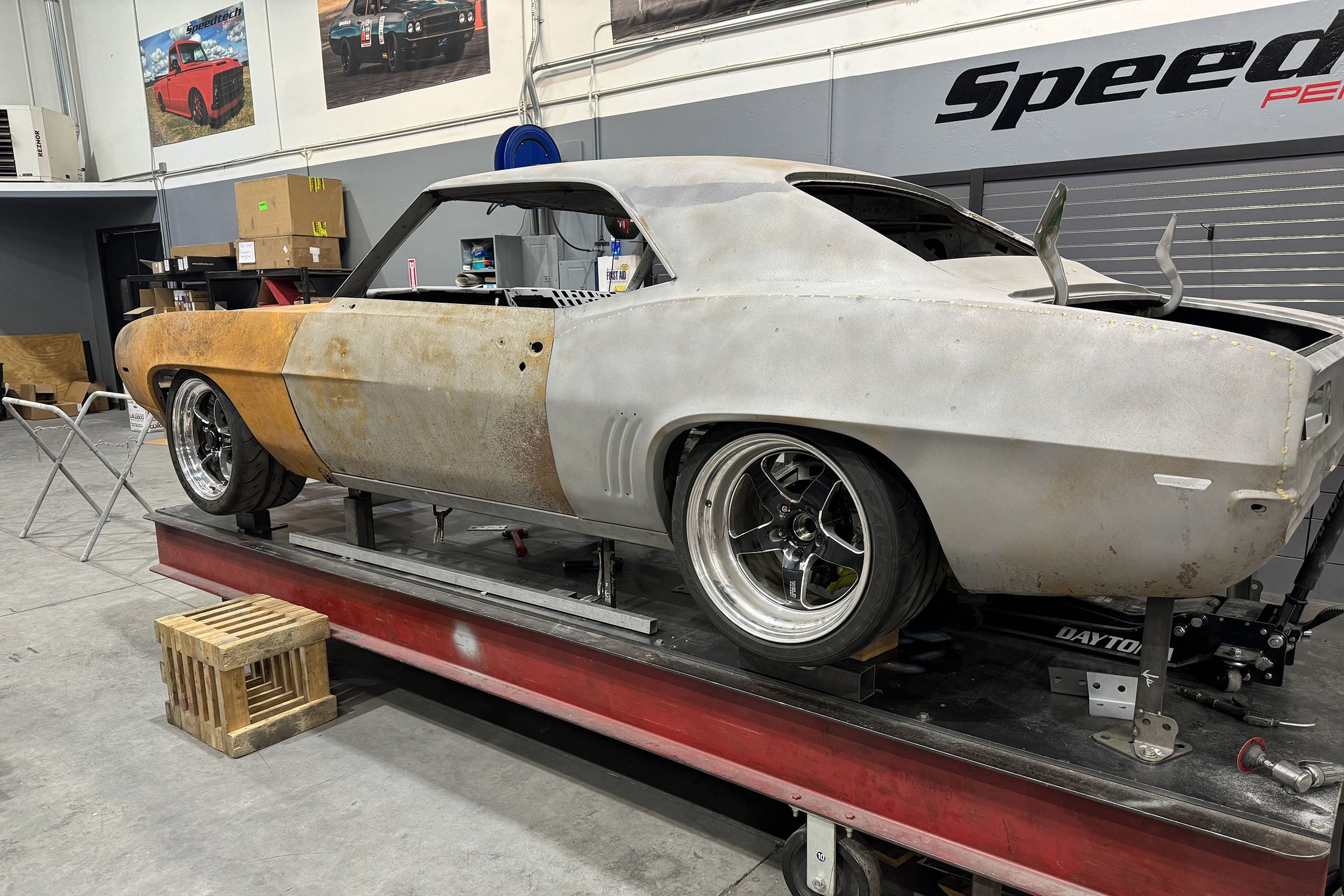Unless you’ve been living under a rock you’ve undoubtedly heard of the EPA’s 2025 Corporate Average Fuel Economy (CAFÉ) requirement of 54.5 mpg. Yes, you read that right, each manufacturer will be responsible for making sure its fleet average fuel economy exceeds 54.5 mpg, just seven years from today! Despite promises by the current administration to curtail these types of regulations, the rule still exists, and manufacturers have their eyes set on exceeding this figure.
But how could we possibly get there from here? Well, it’s not easy, and in some cases it’s a math-magic exercise where electrified or alternative fueled vehicles can get you closer to your goal than traditional internal combustion vehicles. But when the majority of your fleet runs on petrol, you have no choice but to apply every (reasonably priced) technology possible in order to meet the regs. Failing to do so means you’re either paying large fines, or you’re not selling vehicles (which isn’t a long term business strategy).
Solutions
So where are the manufacturers starting? The “low hanging fruit” of increasing fuel economy looks something like the following: engine downsizing, turbo/supercharging, vehicle light weighting, low rolling resistance tires, powertrain electrification, Atkinson 4-stroke cycle, electric accessories, direct injection, high dilution EGR, variable valve timing, adjustable radiator air flaps (aka active aero), under-car paneling, and off-board electric power sources…just to name a few. A cost analysis of some of the above mentioned technologies was released by the American Council for an Energy-Efficient Economy.
Is that all? No, but at the end of the day YOU (the customer) must pay for the parts and development of those parts. For most of you, there is a limit to how much you’re willing to spend on your transportation. So what’s the next lowest hanging fuel economy booster that will help manufacturers satisfy this mystical 54.5 mpg? Some are pointing to the gas tank with great optimism. Let’s think about that; if you were going to build a new engine for your hot rod and wanted more power out of it, what are you really asking for? At a technical level, you’re asking for a higher thermal efficiency from your engine. While some of the above mentioned technologies can help you achieve that, increased compression ratio has not been mentioned yet, and the concept is within reach for all manufacturers.
Using the hot rod engine analogy, operating at a higher compression ratio leaves us at risk of detonation. In short, detonation is the uncontrolled auto ignition of fuel-air mixtures inside a combustion chamber. While modern day engines can fight off some of this detonation with added EGR and cutting timing, there are still limitations. So increasing fuel octane rating seems like a logical next step.
The Buck Stops Here
The idea of super premium octane levels (100 octane range) is not a new concept, and many of you have already seen the benefits in your hot rod engines. But are we ready to pay that super premium price? Let’s get real; buying a 5 gallon can of 100 octane “race gas” will set you back $7-10 per gallon. Expensive, yes. But is it representative of a future with production vehicles running on super premium? No, and here’s why:
“Economies of scale” states that there is a cost advantage due to size, output, or scale of operation. In a recent National Geographic News article, author Christina Nunez estimates current premium gasoline accounts for only 11% of overall U.S. gasoline sales. For premium and super premium; simply put, as market share increases, price decreases (there is a theoretical floor to this assumption due to costs of octane boosters and higher octane blend stock prices).
So what if super premium costs a little more? In Mark Phelan’s article “High octane gas coming, but you’ll pay more for it”, he quotes an anonymous auto executive as saying “Ten cents a gallon is probably palatable. A quarter risks customer acceptance.” Assuming that’s true, let’s do some quick math. We’ll look at a vehicle which achieves 30 mpg and a conservative 5% fuel economy increase (31.5 mpg) on super premium. Let us also assume fuel prices of $3.00/gal and super premium at $3.10/gal. This equates to $0.10/mile and $0.098/mile for super premium.
Over a year of operation at 15,000 miles per year, this equates to about a $30 advantage for the higher priced fuel. This advantage increases as you approach the magical 54.5 mpg CAFÉ requirement and is further expanded as octane related efficiency climbs.
I get it, “I don’t want to pay more at the pump”, but do the math before claiming the sky is falling. We saw from this simple example that, at worst, a $0.10/gal cost increase results in the same or slightly lower operating cost per mile. The increased efficiency also means that you’re visiting the gas station less frequently, buying less foreign oil, AND the cost to fill your high compression hot rod may no longer require a third mortgage.



